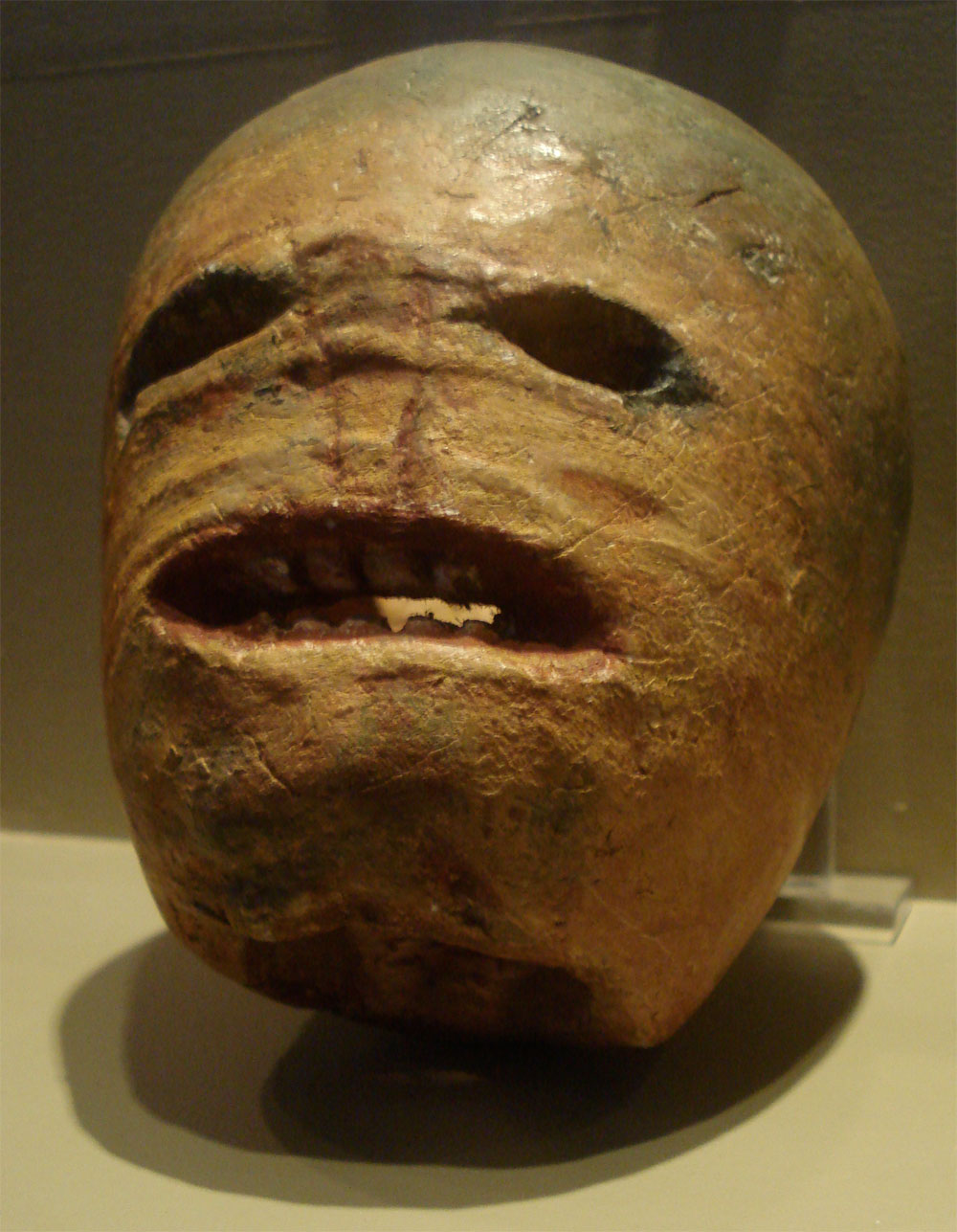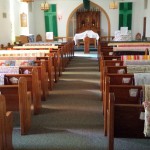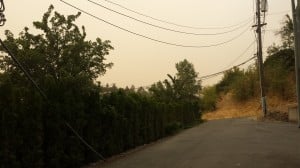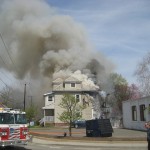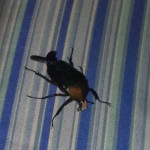As we approach the Irish festival of Samhain, I want to share some little known lore.
Then on the eve of samain (November 1) precisely Mongfind dies. So this is The Death of Mongfind the Banshee. Hence samain is called by the rabble Féile Moingfhinne “Mongfhionn’s feast”, for she was a witch and had magical power while she was in the flesh; wherefore women and the rabble make petitions to her on samain-eve.
Stokes, Whitley (1903). Revue Celtique 24: 179
A prominent hill called Cnoc Samhna “Hill of Samhain” also known as Ard na Ríoghraidhe “Height of the Kingfolk” south of Bruree, County Limerick is associated with a tale connected to Mongfind. Also, “Anocht Oíche Shamhna Moingfhinne banda“, a children’s rhyme from County Waterford, translates as “Tonight is the eve of Samhain of womanly Mongfhionn”.
Several important mythological happenings or changes occurred at Samhain:
- Oengus mac ind-Og was born on Samhain
- An Dagda mated with the Morrigan on Samhain, just before the Second Battle of Magh Turedh (which may have also been on Samhain)
- The invasion of Ulster that makes up the main action of the Táin Bó Cúailnge (Cattle Raid of Cooley) begins on Samhain. As cattle-raiding typically was a summer activity, the invasion during this off-season surprised the Ulstermen.
- According to the Dindsenchas and Annals of the Four Masters, Samhain in ancient Ireland was associated with the god Crom Cruach. King Tigernmas (Tighearnmhas) was said to have made offerings to Crom Cruach each Samhain, sacrificing a first-born child by smashing their head against a stone idol of the god. The Four Masters says that Tigernmas, with “three fourths of the men of Ireland about him” died while worshiping Crom Cruach at Magh Slécht on Samhain (p.43).
- Irish kings Diarmait mac Cerbaill and Muirchertach mac Ercae both die a threefold death on Samhain, which may be linked to human sacrifice.[1]
- In the 10th-century Tochmarc Emire (the Wooing of Emer), Samuin is the first of the four “quarter days” of the year mentioned by the heroine Emer.[p.232]
- The 12th century tales Mesca Ulad and Serglige Con Culainn begin at Samhain. In Serglige Con Culainn, it is said that the festival of the Ulaidh at Samhain lasted a week: Samhain itself, and the three days before and after. They would gather on the Plain of Muirthemni where there would be meetings, games, and feasting.[2]
- In Aislinge Óengusa (the Dream of Óengus) it is when he and his bride-to-be switch from bird to human form, and in Tochmarc Étaíne (the Wooing of Étaín) is the day on which Óengus claims the kingship of Brú na Bóinne.[1]
- In Echtra Neraí (the Adventure of Nera), Nera undergoes a test of bravery on Samhain. King Ailill offers his own gold-hilted sword as a prize to the man who would leave the warmth and safety of the hall, to make his way through the night to a gallows where two prisoners had been hanged the day before, tie a withe around one corpse’s ankle, and return. Where others had failed, Nera fulfills the task and other adventures ensue! Taking etymology into consideration, it is interesting to note that the word for summer in the Echtra Nerai is samraid.
- In many folk tales and in some late Fionn tales, it was the day that the Hollow Hills would open and the sidhe would walk about.
- The winter season (Samhain to Bealtaine) was and is the time for seanchas; the time when the seanchaí share their wisdom over a pint or near a turf fire. In fact, it was and is taboo to tell stories in summer.
Some of the All Hallows’ Eve folk traditions of the Ulster-Scots
- Traditionally regarded as the end of the year.
- The onset of winter in late October, combined with the harvest of the fruits of summer growth, determine a personality for this season.
- Before mechanization made these customs impractical, the last stalks of the oat crop (referred to as corn, and which were harvested with hand sickles) were considered the last sheaf, and referred to as the calliagh, granny, or hare. It was plaited where it stood, then the men took turns tossing their sickles at it, until it was cut down. The person to have done the ‘killing’ placed the plait around the neck of the mistress of the house, as an implied threat that required reward with food and drink. The last sheaf was stored over winter in the house of the man who had cut her down,
- The booly parties, with their cattle, returned from the summer pasturage in the mountains.
- Bonfires, children visiting houses (guising or rhyming), and parties with special games and food (vegetarian) that had a particular focus on divination (especially of marriage and death).
- Pranks and practical jokes abounded. Notable stories include removing the field gate and reconstructing it on the neighbor’s roof, or taking apart the cart, then reconstructing it inside hooked to the donkey! These were closely tied to the belief in supernatural activity during this time.
- To ‘protect’ children on this night of spirit activity, older people would place a pile of salt on the child’s forehead.
Koch, John T. The Celts: History, Life, and Culture. 2012. p.690
Hutton, Ronald (1996) Stations of the Sun: A History of the Ritual Year in Britain. Oxford, Oxford University Press ISBN 0-19-288045-4, p. 361.

